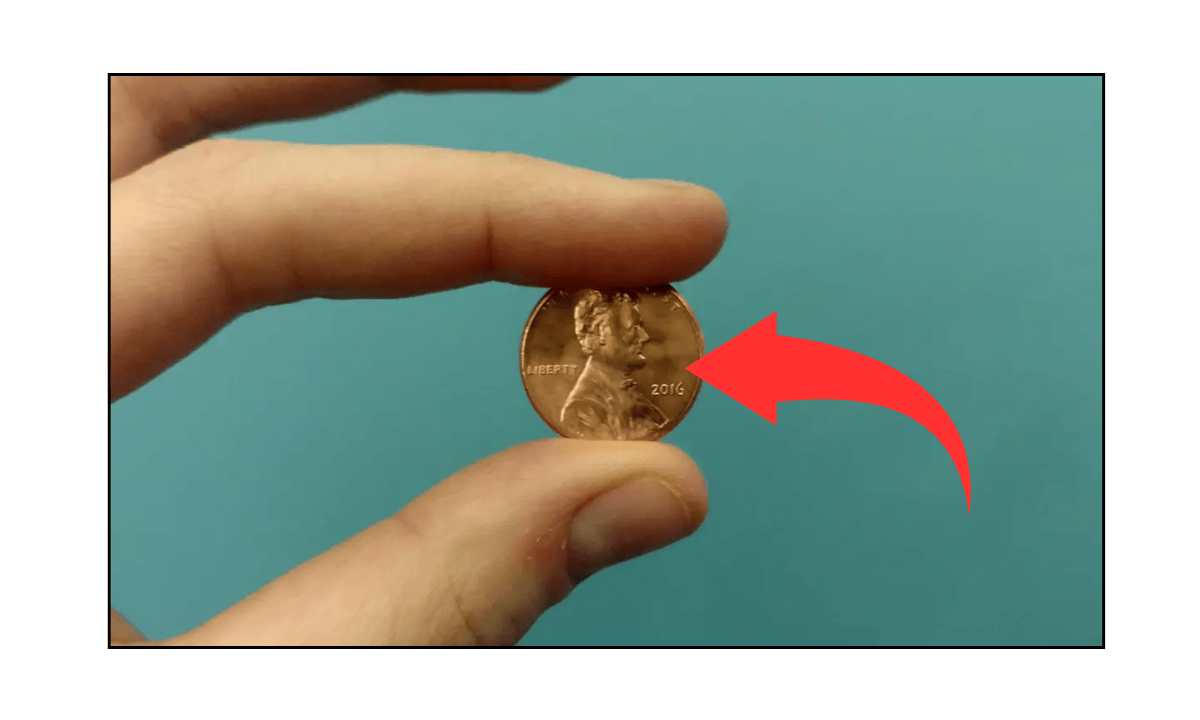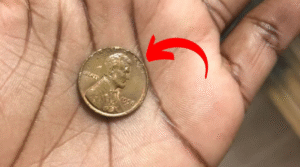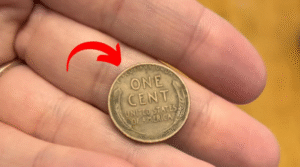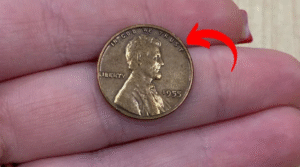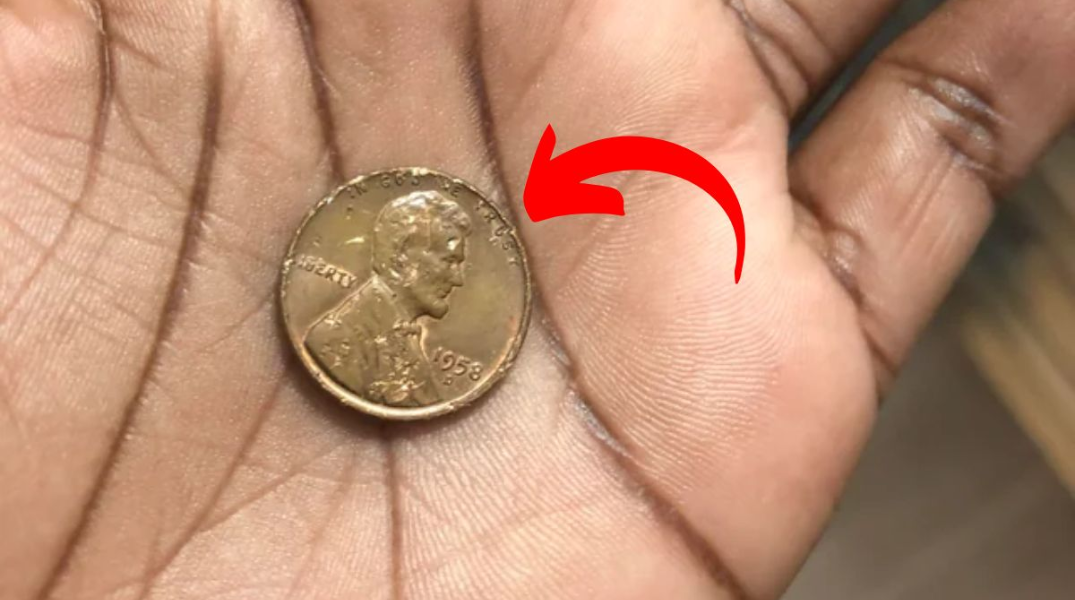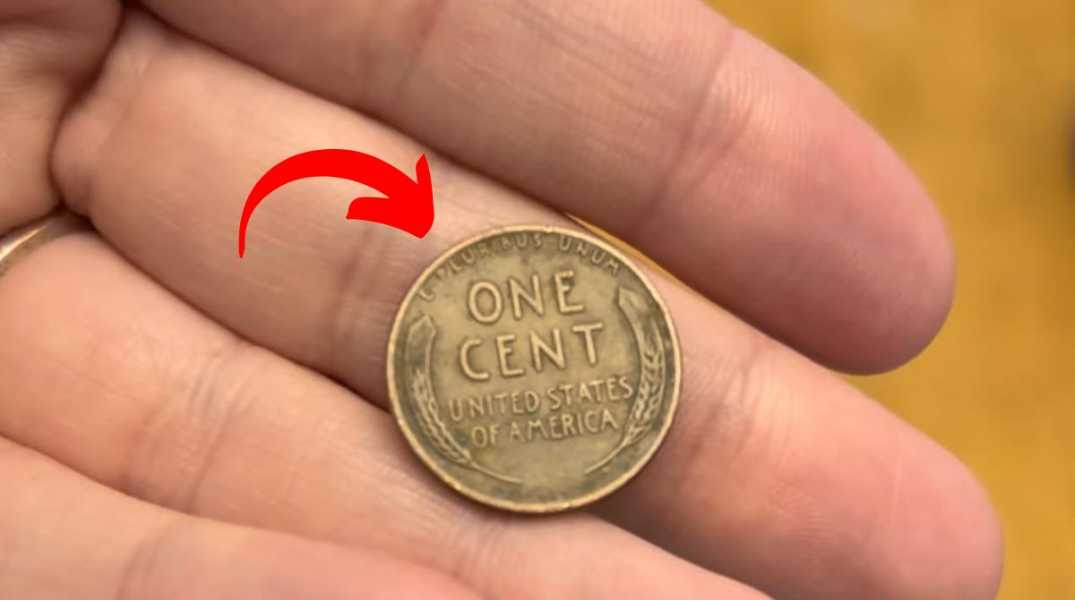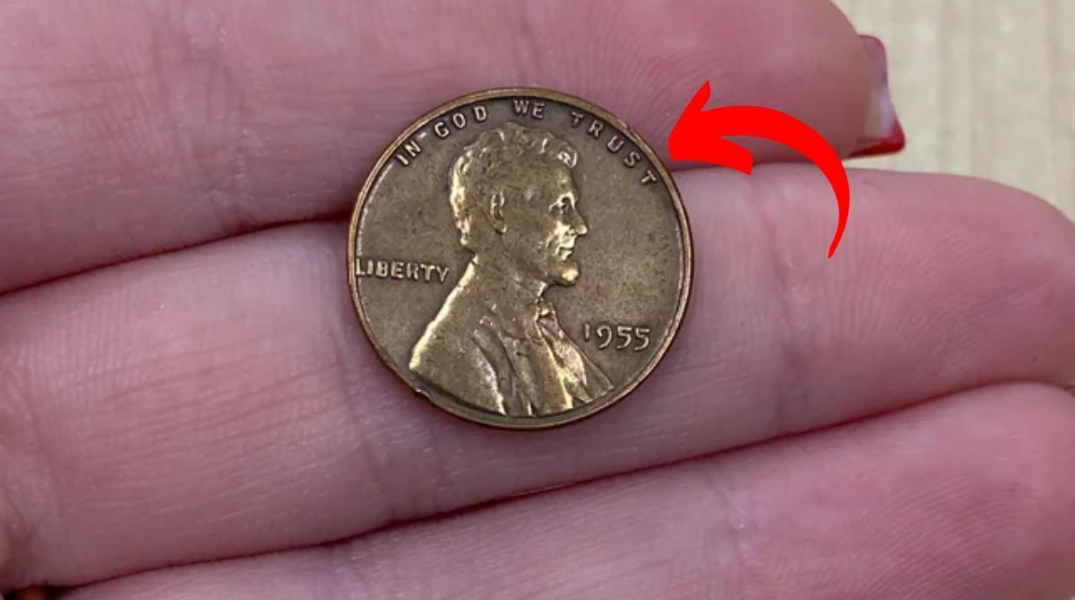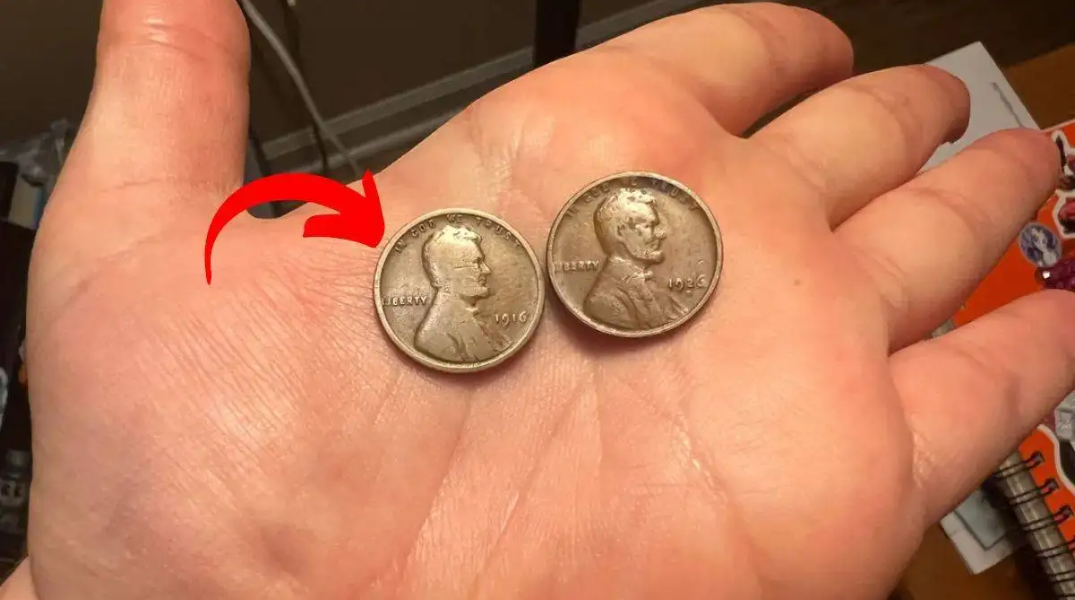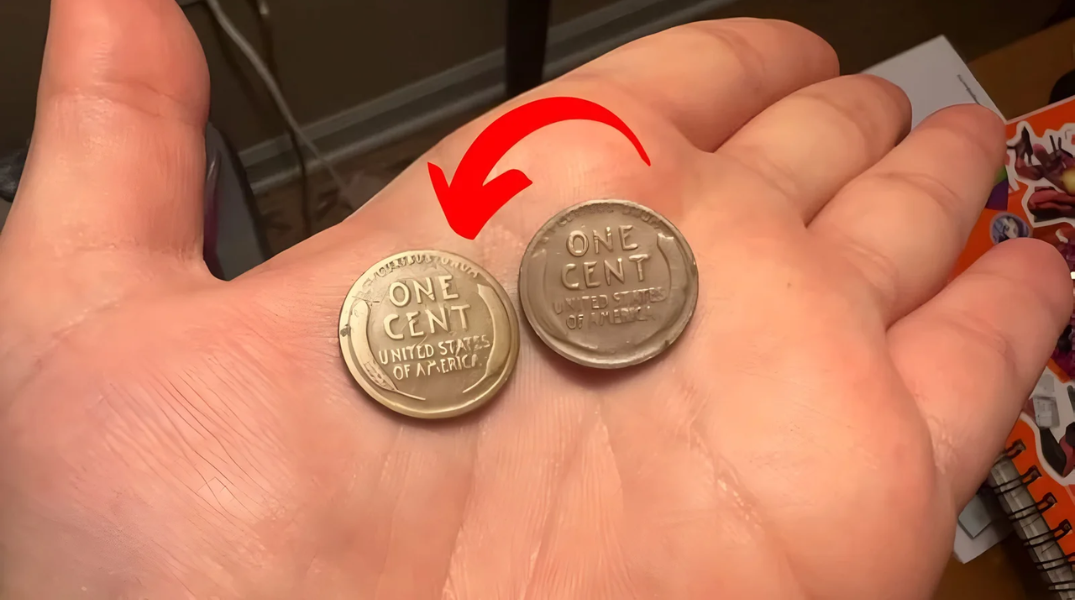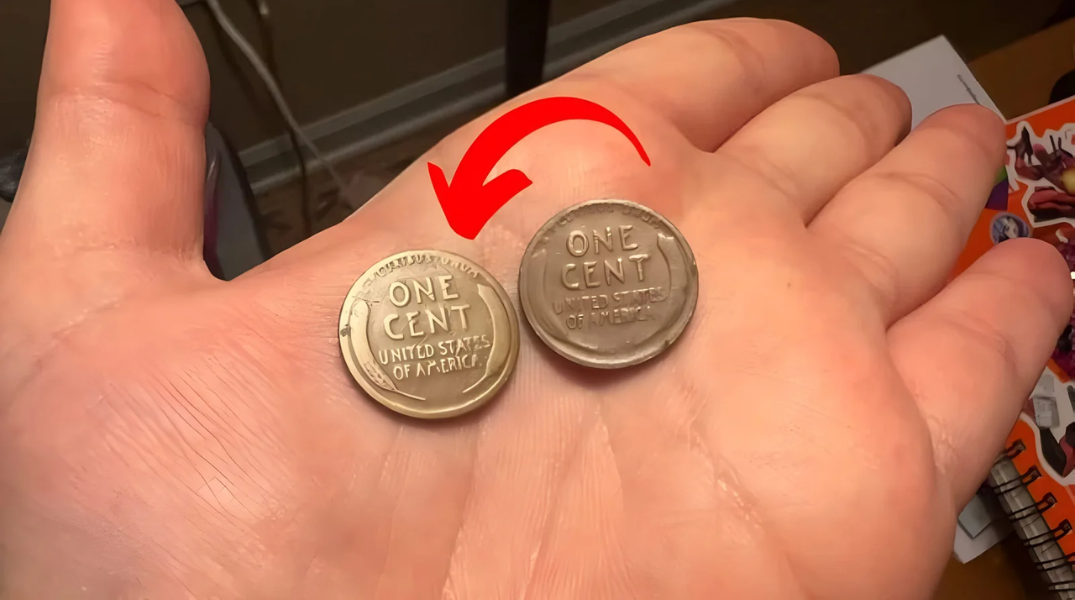That copper-colored penny rattling around in your change jar or stuck between couch cushions might be worth far more than one cent. In fact, certain rare Lincoln Wheat Pennies—those produced between 1909 and 1958—have been known to sell for staggering sums, including one that went for an eye-watering $970,000. In some cases, these modest-looking coins are fetching prices that rival luxury cars and even real estate.
So what transforms a humble penny into a six-figure treasure? The answer lies in a mix of history, error, and extreme rarity.
A Quick History of the Lincoln Wheat Penny
The Lincoln Wheat Penny, officially known as the Lincoln cent, debuted in 1909 to honor President Abraham Lincoln’s 100th birthday. It was the first U.S. coin to feature a real person and displays Lincoln’s profile on the front. The back showcases two stalks of wheat curving inward, giving the coin its nickname.
While most of these coins hold only sentimental or historic value, a few carry rare flaws or low mintages that make them priceless to collectors.
The WWII Coin Errors Worth a Fortune
During World War II, copper was in high demand for wartime needs like shell casings and wiring. In 1943, the U.S. Mint temporarily switched to zinc-coated steel for pennies. These “steel cents” were easy to distinguish from traditional copper ones thanks to their silvery appearance.
But here’s where it gets interesting: a small number of 1943 pennies were accidentally struck on leftover bronze planchets—the copper blanks from the year before. These 1943 bronze pennies are now among the rarest U.S. coins in existence.
Some Record-Breaking Sales:
- A 1943-D bronze penny sold for $1.7 million in 2010.
- A 1943-S version fetched $1 million at auction.
- A 1944 steel penny, an opposite error when production switched back to bronze but steel blanks remained, sold for $970,000.
Why Are These Error Pennies So Valuable?
The answer is simple: rarity and historical context.
Only a handful of these error coins are known to exist, often fewer than 20 worldwide. They also tell a story of America’s wartime sacrifices, where even the metal used for coins was reassigned for military efforts. This blend of rarity, history, and demand makes these pennies hot items in the numismatic world.
Other Wheat Pennies Worth Hunting
Even if you don’t find one of the million-dollar errors, many wheat pennies can still bring in hundreds or even thousands of dollars. Here are some to keep an eye out for:
| Penny | Estimated Value (Varies by condition) |
|---|---|
| 1909-S VDB | $600 – $3,000+ |
| 1914-D | $200 – $5,000 |
| 1922 “No D” | $500 – $15,000 |
| 1955 Doubled Die | $1,000 – $20,000+ |
| 1958 Doubled Die | Over $100,000 (one found in 2022) |
How to Check if You’ve Got a Valuable Penny
Think you’ve struck gold (or rather, copper)? Here are some quick checks:
1. Check the Year
Focus on 1943 and 1944 first. If you have a 1943 penny that looks copper instead of silver, it might be a rare bronze error. For 1944, the valuable error is the steel version, which looks silvery.
2. Try the Magnet Test
- Steel pennies will stick to a magnet.
- Bronze or copper ones won’t.
So, if your 1943 penny doesn’t stick—it might be bronze and worth big money. If your 1944 penny does stick, that could mean it’s a steel error—also valuable.
3. Inspect Mint Marks
Look for small letters under the year:
- “D” = Denver Mint
- “S” = San Francisco Mint
- No mark = Philadelphia
Some rarities are specific to a mint. For example, the 1909-S VDB is worth far more than the same coin from Philadelphia.
4. Look for Errors
- Doubled dies: Letters or numbers appear doubled.
- Off-center strikes: Part of the design is missing or off-balance.
- Repunched mint marks: A mint mark looks like it was stamped twice.
These errors can turn an ordinary penny into a collector’s dream.
The Joy of the Hunt: Treasure in Your Pocket
What makes wheat penny collecting so fun is the idea that valuable coins may still be out there, hiding in plain sight. In fact, some recent discoveries have come from coin rolls purchased at banks or family coin jars tucked away for decades. One collector found a six-figure 1958 Doubled Die penny in 2022 while sorting a coin roll—proof that incredible finds are still possible.
Protecting Your Penny Jackpot
If you think you’ve found a winner:
- Don’t clean it! Cleaning reduces its value significantly.
- Store it safely in a protective coin holder.
- Get it authenticated by a trusted third-party grader like:
- PCGS (Professional Coin Grading Service)
- NGC (Numismatic Guaranty Corporation)
They can certify the coin’s authenticity and condition, which is critical if you plan to sell.
FAQs About Lincoln Wheat Pennies
Q: How do I know if my 1943 penny is the valuable bronze one?
A: First, check the color—bronze pennies are brown or coppery, while steel ones are silver. Then, try the magnet test: if it doesn’t stick, you may have something special.
Q: Is it worth checking old penny jars or coin rolls?
A: Yes! Many collectors have found rare wheat pennies in circulation or bank rolls. It’s low-cost and potentially high-reward.
Q: Can a cleaned penny still be valuable?
A: Rarely. Cleaning a coin can significantly drop its value. Collectors prefer natural patina and original condition.
Q: What’s the best way to sell a valuable penny?
A: After professional grading, you can sell through:
- Major auction houses (like Heritage Auctions)
- Certified coin dealers
- Online marketplaces (like eBay, but only with proper documentation)
Q: Are wheat pennies still found in pocket change today?
A: Occasionally, yes. Although they stopped being made in 1958, they pop up in circulation from time to time—especially in older jars and rolls.
Final Thoughts
While the odds of finding a $970,000 penny are slim, the possibility makes every coin worth a second look. Whether you’re a seasoned numismatist or just curious, searching for wheat pennies is a rewarding blend of history, mystery, and a touch of luck. Who knows? That forgotten coin in your drawer might just change your life.
